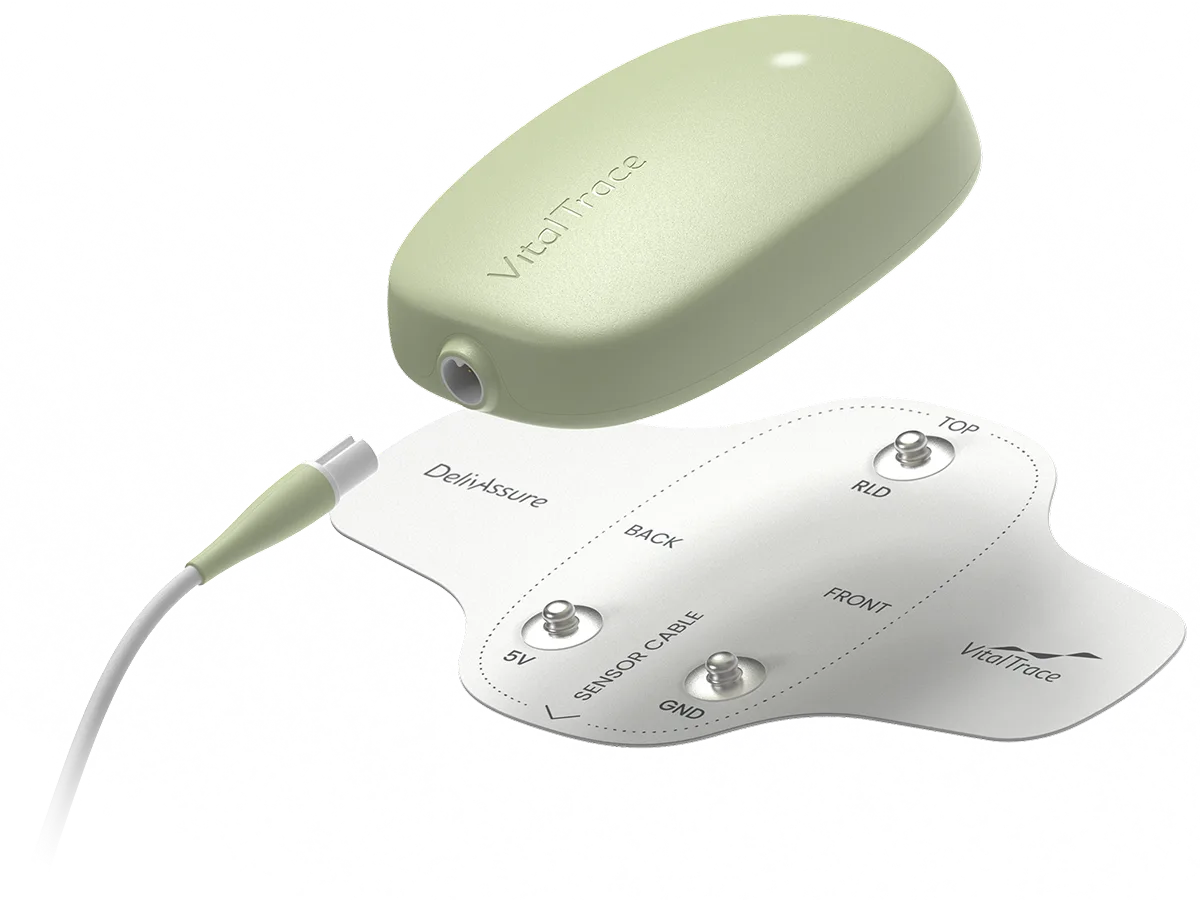Introducing our breakthrough product, DelivAssure


Our FDA Breakthrough Device designated biosensor provides obstetricians with real-time lactate data, accurately detecting fetal distress.
Deterioration can be recognized without delay and intervention can occur before permanent brain damage.
An objective, numerical indicator for intervention could dramatically reduce avoidable c-sections.
Familiar form factor and insertion to fetal scalp electrodes (already used in ¼ women in labor).



Lactate is the gold-standard biomarker for assessing tissue hypoxia and metabolic stress, with robust clinical validation in childbirth.
Lactic acid is a byproduct of anerobic metabolism.
When oxygen is present and readily available, the human body generates energy in the form of ATP by producing pyruvate from glucose.
When oxygen is limited, pyruvate is broken down into lactate. As oxygen decreases, lactate levels within the body increase.
Lactate levels provide a direct indication of anaerobic metabolism and impaired perfusion. This makes lactate a more reliable and immediate indicator of physiological distress. Elevated lactate is highly specific to hypoxia – it’s an unambiguous, numerical and actionable biomarker.


